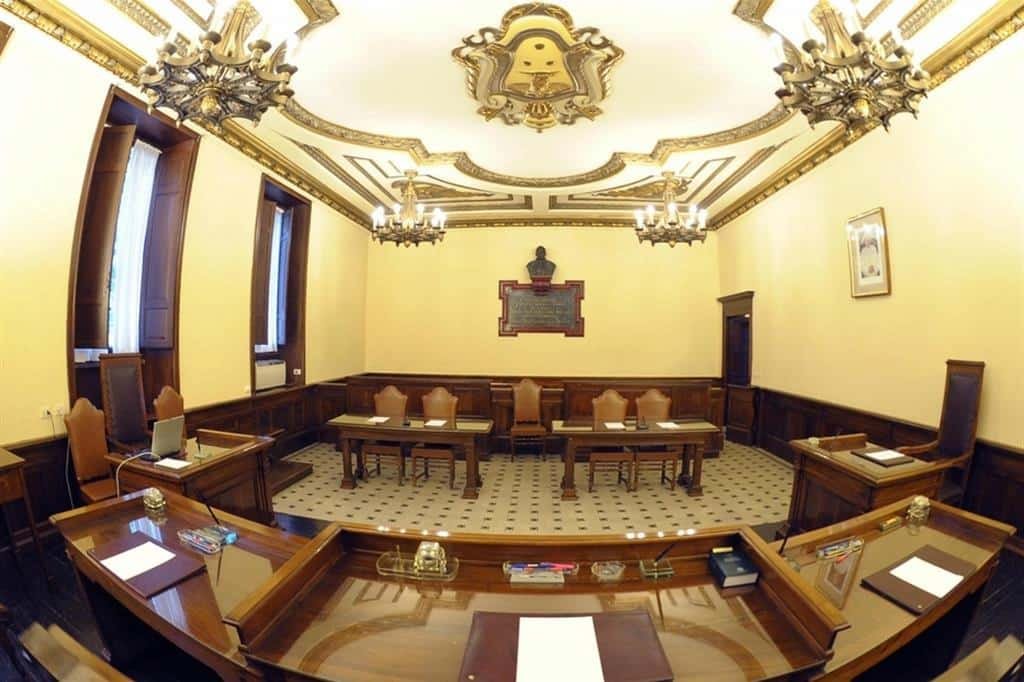The Theodore McCarrick case represents one of the most profound institutional crises the Catholic Church has faced in recent decades. Beyond the headlines lies an intricate web of ignored warnings, institutional silence, and missed opportunities for accountability.
In 2020, following a comprehensive two-year internal Vatican investigation, the Holy See released a detailed report that aimed to document McCarrick’s rise through church ranks despite mounting allegations of abuse.
📊 Inside the Vatican’s Investigation: Process and Approach
Initiated by Pope Francis in October 2018, this unprecedented inquiry was conducted by the Secretariat of State. Investigators performed an exhaustive review of documentation from critical Vatican offices, including:
- The Congregation for Bishops
- The Congregation for the Doctrine of the Faith
- The Congregation for the Clergy
- The Apostolic Nunciature in the United States
Documents in both Italian and English were analyzed and translated when necessary. Some were quoted verbatim, others partially, to maintain both clarity and accuracy. While the full report became public in 2020, supporting documents (referred to as “Acta”) remained confidential to protect individual privacy rights.
📑 Uncovering the Evidence: What the Investigation Revealed
The inquiry exposed various information streams the Church had access to throughout McCarrick’s career, categorized into five key areas:
📝 1. Internal Church Documentation
Investigators examined correspondence, internal memos (including Archbishop Viganò’s crucial communications in 2006 and 2008), records of conversations with papal representatives, and files related to canonical proceedings—including those that ultimately led to McCarrick’s removal from clerical office.
👥 2. Direct Testimony and Abuse Reports
The report confirmed credible accounts of clerical misconduct dating back decades, specifically from the 1980s and 1990s. These included:
- Sexual solicitation during confession
- Abuse involving both minors and adult seminarians
- Incidents at vacation properties, frequently involving alcohol
Critical testimonies came from individuals identified as “Priest 1,” “Priest 2,” and “Priest 3” to protect their identities. Notably, the signed statement from Priest 3 in 2012—a key piece of evidence—wasn’t received by Vatican officials until years after McCarrick had already resigned.
🗣️ 3. Unsubstantiated Concerns and Institutional Whispers
Prior to McCarrick’s appointment to Washington, various concerns had surfaced but were often dismissed due to insufficient formal documentation. The report acknowledges these early warning signs in church leadership while explaining the institutional reasoning that led to their dismissal.
📰 4. Public Information and Media Coverage
External information sources were also recognized, including:
- Blog posts and public letters from Richard Sipe, a former Benedictine monk and respected psychiatric researcher
- A 2005 article published by journalist Matt Abbott
- Anonymous correspondence from 2001 warning that McCarrick’s cardinal appointment could trigger scandal
- A 2012 letter from a concerned parishioner describing McCarrick as a “predator,” citing online evidence
⚖️ 5. External Investigations Known to Church Leadership
Though not extensively detailed, the report mentions Archbishop Myers referencing other settlements during a 2005 mediation process—allegedly involving McCarrick and inappropriate sexual conduct by clergy, documented in diocesan records.
🔐 How the Church Managed the Information
The report paints a picture of miscommunication and fragmented awareness:
- Information was inconsistently shared across Vatican offices
- Allegations were often dismissed due to lack of documentation
- McCarrick’s denials were accepted by Pope John Paul II, leading to his promotion
- From 2008 onward, there were attempts to limit McCarrick’s public role. However, these were based on informal recommendations rather than enforceable sanctions—so he continued to travel and engage publicly for years
One striking example: the 2012 declaration by Priest 3, the first signed statement by a victim, was not reviewed by Vatican officials until long after McCarrick’s resignation.
🔎 Where Does OSINT Fit Into This?
While the Vatican report does not refer to open source intelligence (OSINT) directly, it highlights how much relevant information was already publicly accessible:
- Blog posts
- Legal filings
- Open letters
- Anonymous warnings sent to church officials and public entities like the NCCB
There’s even mention of concern that allegations could surface via “leaks” or Freedom of Information Act (FOIA) requests—acknowledging the growing accessibility of such data.
Had modern OSINT methods been applied earlier, they could have helped verify public records, uncover digital footprints, and cross-reference witness accounts.
🧠 What This Case Teaches Us
The McCarrick report isn’t just about one man—it’s about an institutional failure to act on signals that, in hindsight, were clear and present.
The key takeaways:
- Public information matters
- Delayed action can enable years of harm
- Internal silence and external visibility often coexist
- OSINT isn’t a substitute for justice, but it can accelerate accountability
✅ Final Thoughts
The 2020 Vatican Report offers a rare look into how the Catholic Church handled (and mishandled) internal and external reports of abuse. Though no direct use of OSINT is documented, the presence of open-source material—from blogs to legal documents—makes clear that the truth was, in part, already out there.
This retrospective isn’t just about the past. It’s a call to rethink how institutions listen, respond, and document accountability in the digital age.



